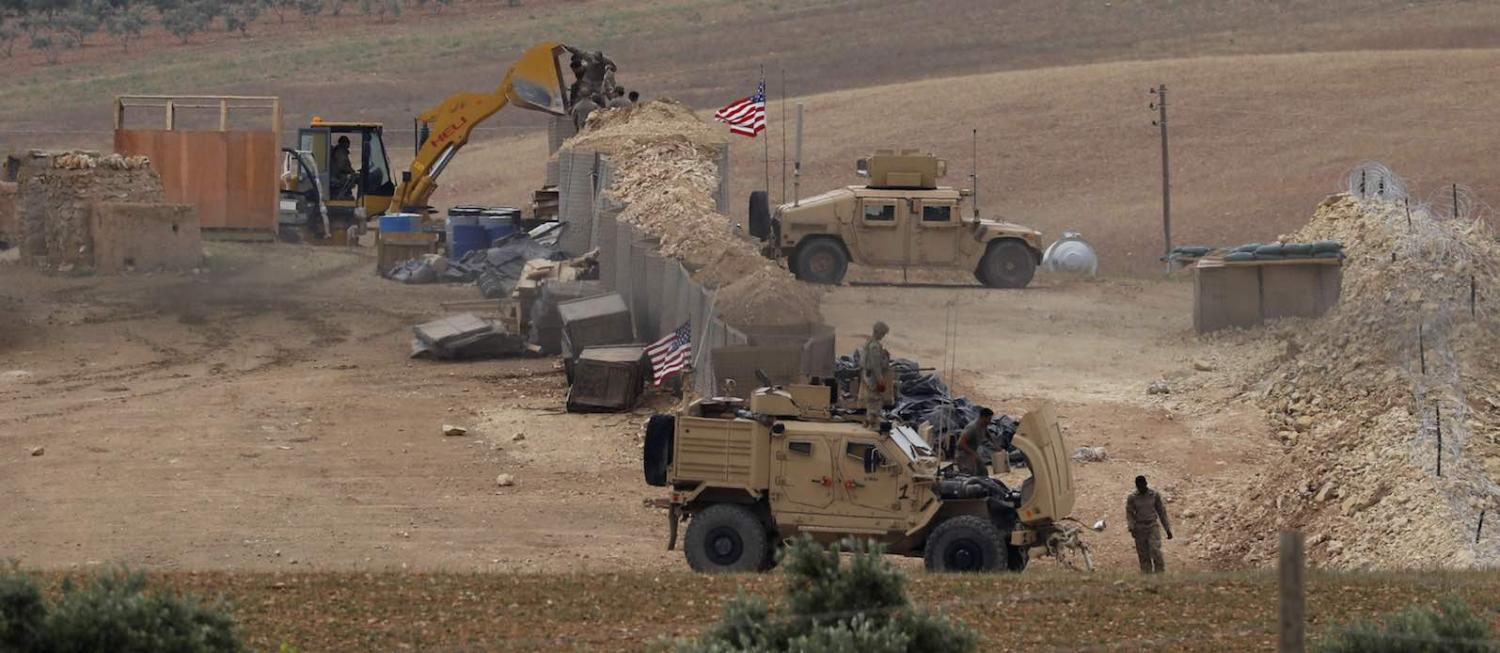One of the ten principles of war taught at all military colleges is “Selection and Maintenance of the Aim”. It sounds simple enough, but when the principle is not adhered to then things often go awry.
Think the invasion of Iraq – was the aim to rid Iraq of weapons of mass destruction, or to establish a functioning democratic state in the heart of the Middle East? The military planned for the former, while the political leadership envisaged the latter. So what started out as a purely military operation morphed into a nation-building effort without the necessary political direction to transition in a timely manner from a military-led to a civilian-led effort. It became mission creep on steroids.
The ensuing chaos simply proved the perspicacity of the authors of the ten principles. And it also proved the relevance of another of those principles – “Unity of Effort”.
The public hawkishness of Trump administration civilians likely sits uneasily with the military.
There are fears that Washington’s approach to Syria is heading the same way. It began with a relatively clear mission – to train and support a partner force to defeat ISIS. It was a difficult mission and, while it is not yet complete, it has been remarkably successful in navigating the complexities of the conflict.
The language from Washington though, has indicated that the initial aim may now be changed. James Jeffrey, the US special representative for Syria, claimed last week that the US presence would continue until the withdrawal of all Iranian and Iranian-backed forces from Syria.
Whether that is official policy is difficult to say, given President Donald Trump has rarely offered a coherent policy stance regarding US intentions for the country. What has been reasonably consistent has been the US and some of its allies continuing to promote the UN path of a rewritten constitution followed by an election that includes the diaspora voting. The demand that President Bashar al-Assad cannot be part of the solution is heard much less frequently these days.
But the public hawkishness of Trump administration civilians likely sits uneasily with the military and Secretary of Defence James Mattis. Washington has unmatched firepower with which to provide force protection, but the realists know that the longer you occupy the space the higher the risk of casualties – and if they occur after the effective defeat of ISIS, then the US public will be asking why.
The complexities of the situation were on display a few days ago when Iran launched six ballistic missiles from Iran into eastern Syria, ostensibly targeting ISIS who it has blamed for the terrorist attack in Ahvaz.
Tehran fired so without giving notice to US forces beforehand, and US sources claimed it had forces about five kilometres from the point of impact. The message to both Washington and its regional allies from Iran couldn’t have been clearer – it has the capability to deliver warheads against targets hundreds of kilometers away.
Tying a continued US troop presence in Syria to the withdrawal of Iranian troops and militias as part of a broader strategy to restrict Iran’s freedom of action in the region is a pretty imprecise aim. And 2000 US troops scattered across northeastern Syria, with an isolated outpost at Tanf near the Jordanian and Iraqi borders is annoying but hardly a strong point of leverage for future negotiations regarding the nature of the future Syria. And it is extremely unlikely to modify Iranian behaviour or disposition in the country, especially given what Tehran has spent in blood and treasure.
If the tough language emanating from Washington is because it has no option other than this in order to have a stronger role in future negotiations, then it is understandable for senior administration officials to play bad cop. But if they see the continued US troop presence as a real way of constraining Iranian policy towards Syria or the region, then they are likely to be quite mistaken.
Selecting and maintaining the aim, after all, still matters.

